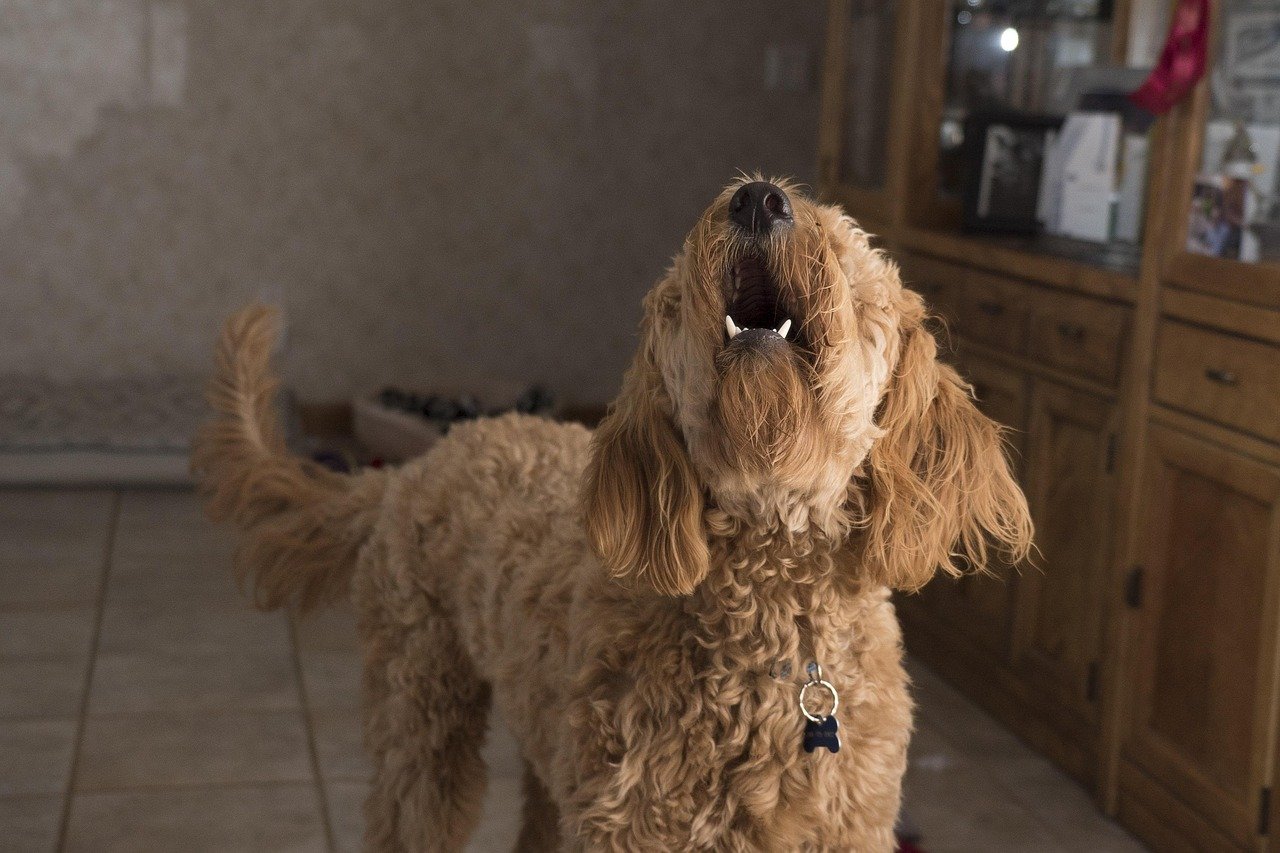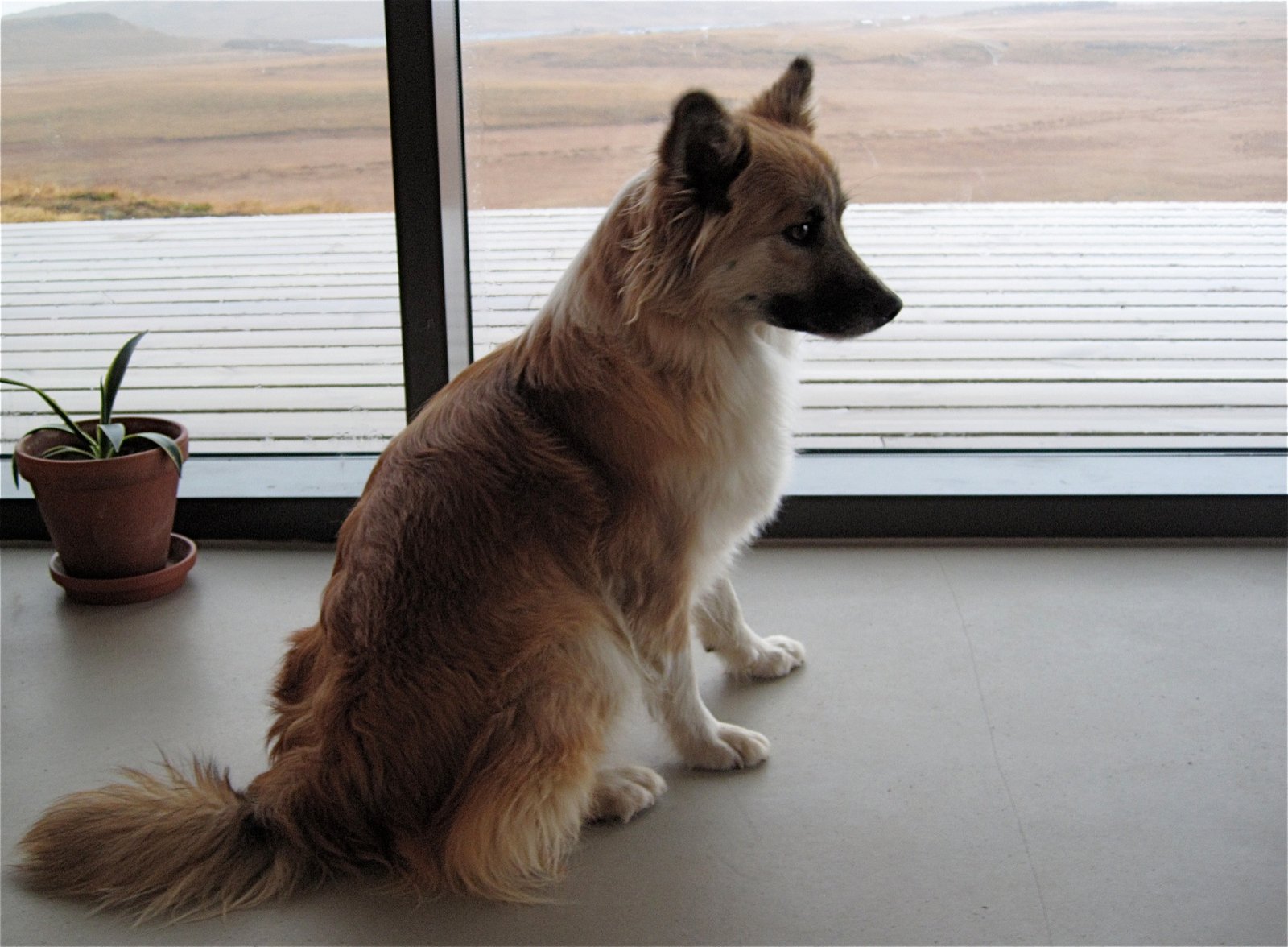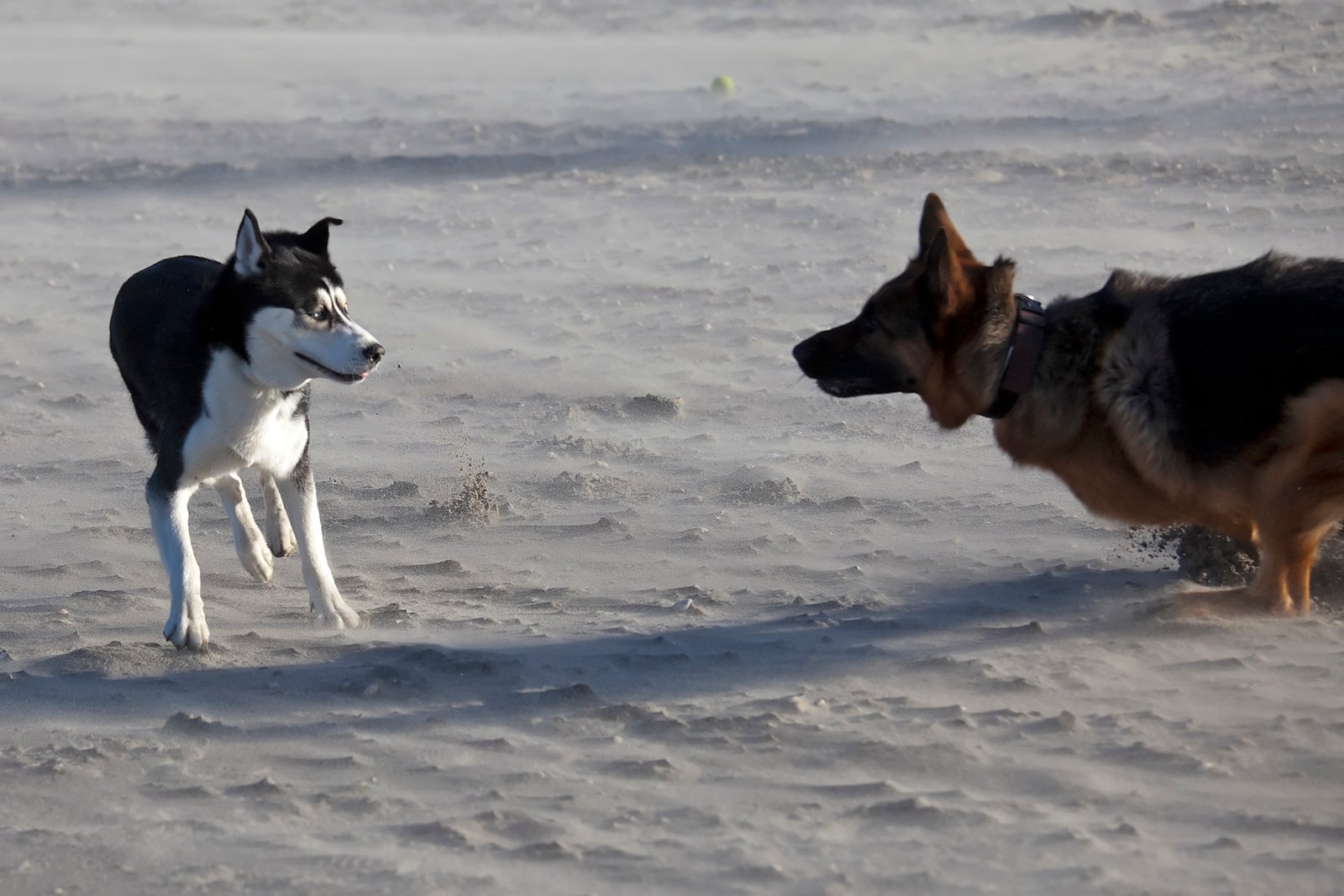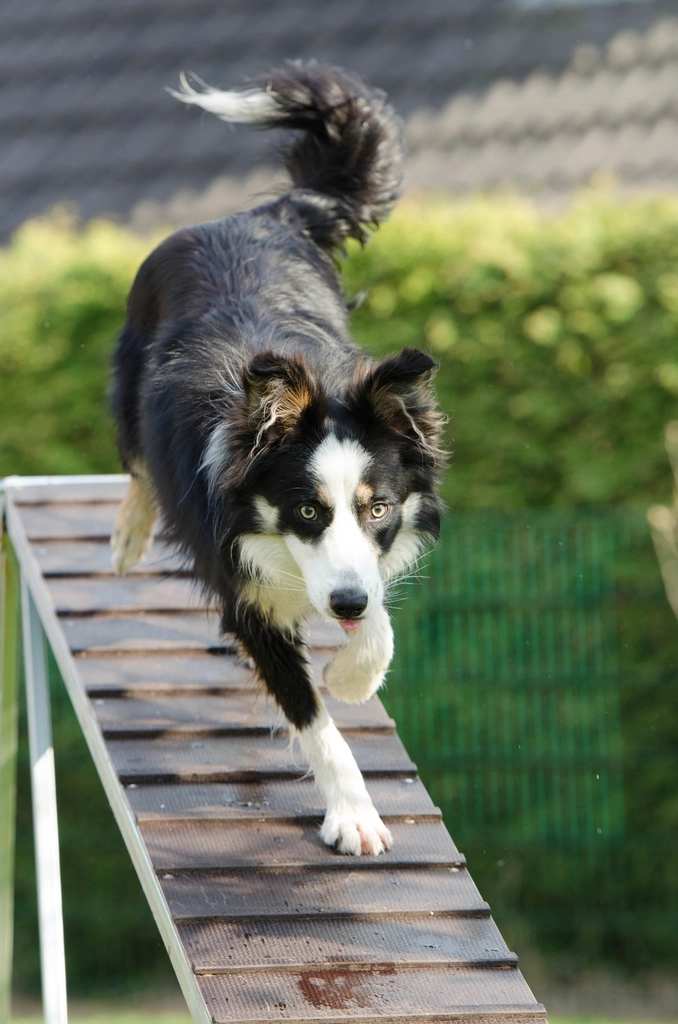Have you ever caught your dog staring aimlessly at the wall or chewing up your favorite shoes for the third time this week? If so, your furry friend might not be acting out just for fun—they could be desperately bored. Dogs are clever, curious creatures who crave stimulation. When their world gets too quiet or repetitive, they often find hilarious, sometimes maddening, ways to shake things up. The good news? Once you learn the telltale signs of boredom and discover how to spark joy in your pup’s daily routine, you can transform those dull moments into unforgettable adventures. Let’s dive into the top 10 signs your dog is bored—and the 10 best ways to chase that boredom away!
Chewing Everything in Sight

Dogs, just like people, can get bored—and when they do, they often show it through behaviors that may seem quirky, annoying, or even destructive. From excessive barking to chewing on your favorite shoes, these habits are often your pup’s way of saying, “I need more stimulation!” In this guide, we’ll uncover 10 common signs that your dog is bored and offer 10 fun, effective activities to keep them mentally and physically engaged.
When your gentle pooch suddenly turns into a tiny tornado of destruction, gnawing on shoes, furniture, or even walls, boredom might be the culprit. Dogs need an outlet for their energy, and if they aren’t getting enough mental or physical stimulation, they’ll make their own fun—often at your expense. This habit can be both frustrating and costly, but it’s also their way of saying, “Help! I need something to do!” Think of it as your dog’s version of doodling in the margins during a long, boring meeting. Chewing soothes them and breaks up the monotony. But don’t worry—there are easy fixes to redirect this behavior.
Barking at Nothing (Or Everything)

Is your house suddenly filled with the echoes of endless barking? Dogs who are bored often find their voices and use barking as a way to entertain themselves or get your attention. This isn’t just noisy—it’s their way of expressing pent-up energy and frustration. You might notice they bark at anything that moves, or even at imaginary threats. In their world, a passing car or a rustling leaf can become a major event. If your dog’s barks are more frequent or insistent than usual, boredom might be the cause.
Digging Holes Indoors or Outdoors
A dog determined to dig can turn your backyard into a cratered moonscape or scatter dirt across your living room. Digging is a natural instinct, but when it becomes excessive, it often points to boredom. Dogs may dig to escape, to hide treasures, or simply to pass the time when nothing else is happening. It’s a bit like a child fidgeting with their hands when they’re restless—they need something to do, and digging feels productive. This habit can be surprisingly hard to break without offering a more engaging alternative.
Pacing Back and Forth

Notice your dog wandering around the house with no clear purpose? Pacing is a classic sign of restlessness and boredom. Unlike the energetic zoomies, pacing is slower and more methodical. It’s almost as if your dog is waiting for something—anything—to happen. This habit often crops up when dogs are left alone for long periods or when their daily routine has become too predictable. It’s their gentle protest against a dull environment, a silent plea for adventure or play.
Stealing and Hiding Objects
If your socks keep going missing or you find toys hidden in odd places, your dog might be trying to spice up their day. Stealing and hiding household objects is a mischievous but common boredom behavior in dogs. They’re not being naughty for the sake of it—this “game” gives them a sense of purpose and excitement. Imagine the thrill of a scavenger hunt; that’s what your dog feels when they sneak off with your slippers. It’s a sign they want interaction, challenge, and maybe a little friendly chase.
Sleeping More Than Usual
Sure, dogs love a good nap, but excessive sleeping can signal that your pet is simply bored out of their mind. When there’s nothing stimulating in their environment, dogs may resort to snoozing just to pass the time. This isn’t healthy rest—it’s more like hitting the snooze button on life. If your dog is spending most of the day curled up in bed, it’s time to introduce some new activities and shake up their routine.
Following You Everywhere
Does your dog shadow your every move, even to the bathroom? While some dogs are naturally clingy, increased following can be a sign of boredom. They’re craving attention, interaction, and mental engagement. Your presence is the most exciting thing in their world, so they stick close in hopes that you’ll do something fun or interesting. This loyal behavior may be sweet, but it’s also a hint that your dog needs more to do.
Licking or Grooming Excessively

When dogs are bored, they sometimes turn to repetitive, self-soothing behaviors like licking their paws or grooming themselves excessively. This is similar to humans biting their nails or twirling their hair out of boredom. Over time, this can lead to sore spots or even infections. It’s important to catch this habit early—your dog is telling you they need something to occupy their mind and body.
Attention-Seeking Whining

Whining is your dog’s vocal way of saying, “I’m bored—entertain me!” If you notice your pup whining more than usual, especially when you’re not paying direct attention to them, they could be looking for stimulation. This behavior is often accompanied by pawing at you, nudging, or even gentle nips. It’s a heartfelt plea for fun, affection, or a change of pace. Listening to these cues can help you nip boredom in the bud and keep your dog happy.
Interactive Puzzle Toys
One of the best ways to beat doggy boredom is by offering interactive puzzle toys. These toys challenge your dog’s mind, making them work for treats or uncover hidden compartments. It’s like giving your dog a mini escape room in a box! Not only does this keep them entertained, but it also helps reduce destructive behaviors by focusing their energy on problem-solving. Try rotating different puzzles to keep things fresh and exciting.
Regular Walks with New Routes
A simple walk can be a grand adventure for your dog, especially if you shake up the routine. Try taking different routes, visiting new parks, or letting your dog sniff new smells. Every new sight and sound is a thrill for their senses. Even a short change can make a huge difference, turning a boring stroll into an exhilarating outing. Think of it as a mini-vacation for your pup—every day!
Play Dates with Other Dogs

Socialization is vital for your dog’s happiness and mental health. Organizing play dates with other dogs gives your furry friend a chance to run, wrestle, and make new buddies. It’s the canine version of a fun get-together, full of laughter and energy. These interactions help burn off extra steam and teach your dog valuable social skills. Plus, watching them play is bound to bring a huge smile to your face.
Agility Training
Obstacles, tunnels, jumps, and weaving poles—agility training is like an amusement park for dogs. This activity provides both physical and mental stimulation, keeping boredom at bay. You don’t need a fancy setup; even makeshift obstacles at home can work wonders. Training together also builds your bond, boosts your dog’s confidence, and gives them a sense of achievement. Every leap and turn brings a burst of excitement to their day.
Hide-and-Seek Games
Bring out your dog’s inner detective with a classic game of hide-and-seek. Hide treats or favorite toys around the house and encourage your pup to sniff them out. This game taps into their natural hunting instincts and provides plenty of mental stimulation. The joy on their face when they find a hidden prize is simply priceless. Plus, it’s an easy activity that can be played indoors or out, rain or shine.
Learning New Tricks

Teaching your dog new tricks is more than just a party trick—it gives them a mental workout and boosts their confidence. Start with simple commands like “spin” or “shake,” then move on to more advanced moves. Each new trick is a mini-challenge, keeping your dog engaged and eager to learn. Training sessions also strengthen your bond and create positive memories you’ll both treasure.
Fetch with a Twist
Everyone knows dogs love fetch, but you can spice up this classic game with new toys or different settings. Try using a frisbee, tennis ball, or even a soft plush toy. Change locations—play fetch in the backyard, at the park, or on the beach. You can also add obstacles or challenges, like throwing the ball over a small hurdle. These variations keep the game fresh and exciting, helping to banish boredom for good.
Scent Work Activities
Dogs have incredible noses, and scent work activities are a fantastic way to put their sniffing skills to the test. Hide treats, toys, or even your own scent in different places around the house or yard. Encourage your dog to search and reward them with praise or a tasty treat when they find it. This game stimulates their brain and taps into their natural instincts, turning ordinary days into scent-filled adventures.
Dog Sports and Classes
Signing your dog up for sports like flyball, dock diving, or obedience classes is a thrilling way to combat boredom. These activities provide structured physical and mental exercise while also giving your dog a sense of purpose. Plus, you’ll both enjoy the challenge of learning something new together. Whether your pup is a natural athlete or a couch potato, there’s a class or sport that’s just right for them.
Quality One-on-One Time
Sometimes, the best boredom-buster is simply spending quality time with your dog. Play a gentle game of tug-of-war, cuddle on the sofa, or enjoy a quiet grooming session. Your attention and affection mean the world to your pup. These moments don’t have to be elaborate—they just need to be genuine. By making time for your dog every day, you’ll deepen your bond and keep boredom at bay.
DIY Enrichment Activities at Home
You don’t need to spend a fortune to keep your dog entertained. DIY enrichment activities, like making treat-dispensing toys from household items or creating obstacle courses with chairs and blankets, can provide hours of fun. Get creative—freeze treats in ice cubes, use muffin tins for treat puzzles, or roll up kibble in towels for your dog to unroll. The possibilities are endless, and your dog will love the challenge and variety.
Recognizing the signs of boredom in your dog is key to preventing behavioral issues and promoting a healthier, happier life for your furry friend. By identifying their habits and offering them engaging alternatives—whether through physical exercise, mental challenges, or quality time—you’re not just fixing a problem, you’re strengthening your bond. Every dog craves stimulation, and with the right approach, you can turn boredom into excitement, curiosity, and joy. A little attention goes a long way in keeping those tails wagging for all the right reasons.

Born and bred in South Africa, a Capetonian at heart. Amy-Leigh’s love for nature and animals was inherited from her Dad. He loves taking the family on road trips to experience nature at its finest; Amy-Leigh’s favourite being whale watching in Hermanus and spotting Kudu along the West Coast. Amy-Leigh holds a BA in English Literature and Communication Studies.





